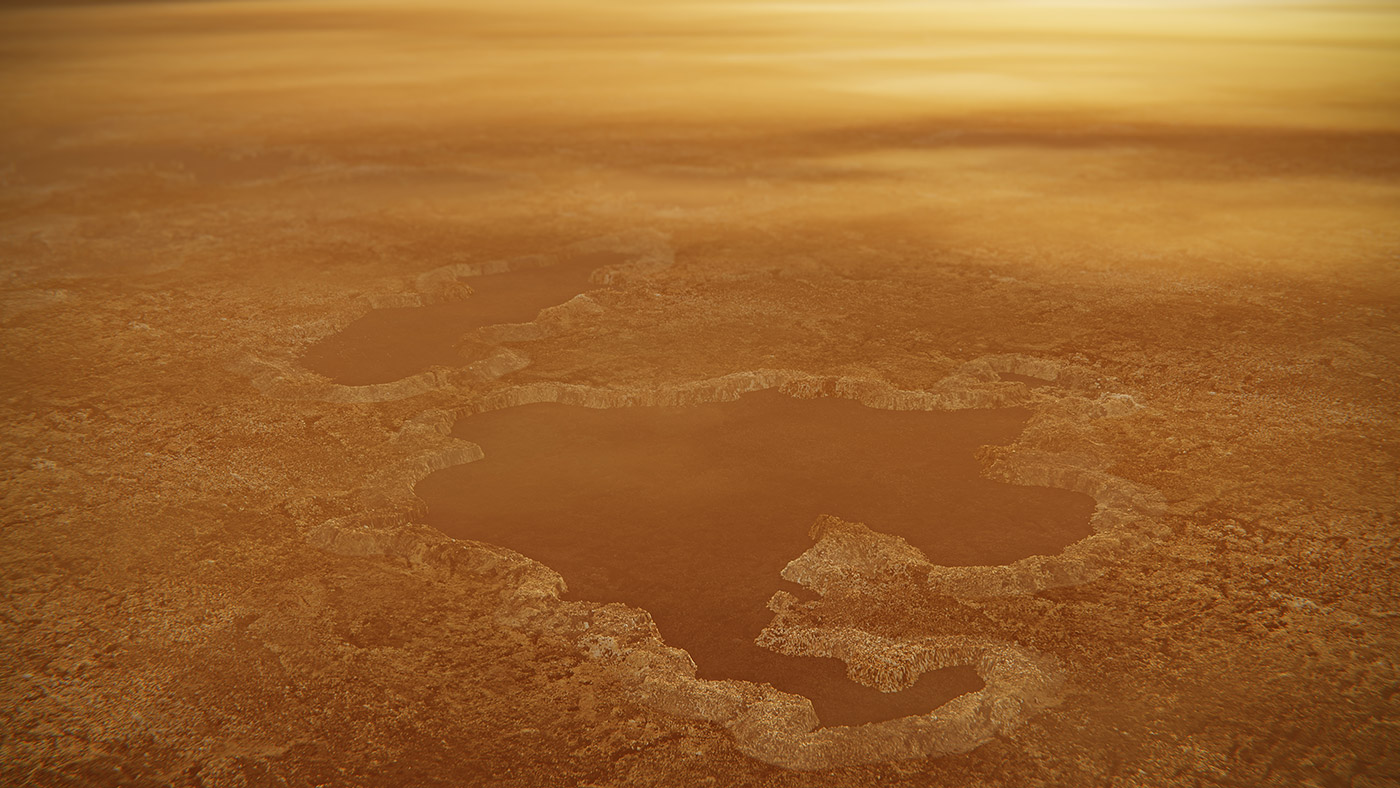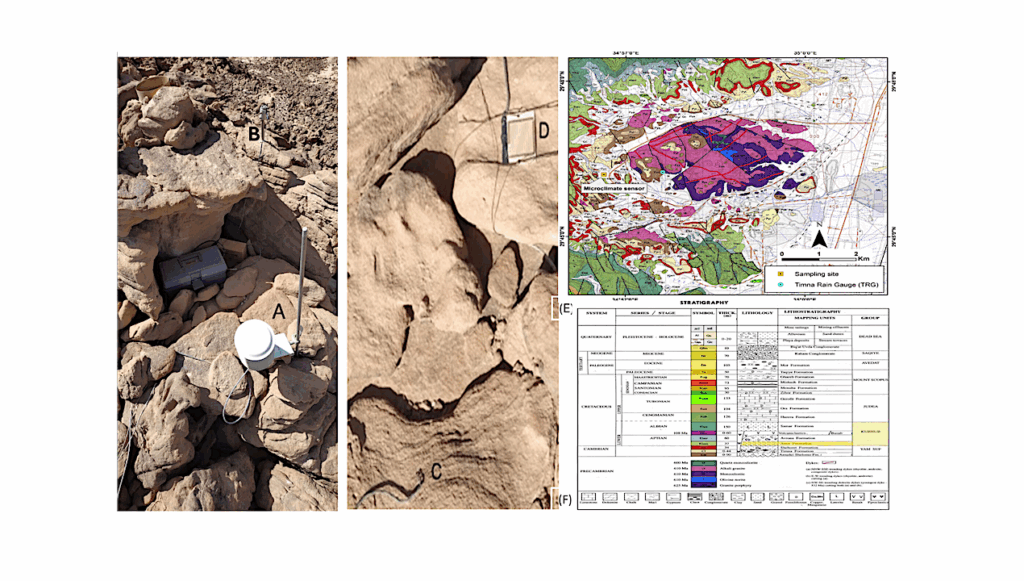Air-sea Interactions On Titan: Effect Of Radiative Transfer On The Lake Evaporation And Atmospheric Circulation

Titan’s northern high latitudes host many large hydrocarbon lakes. Like water lakes on Earth, Titan’s lakes are constantly subject to evaporation.
This process strongly affects the atmospheric methane abundance, the atmospheric temperature, the lake mixed layer temperature, and the local wind circulation. In this work we use a 2D atmospheric mesoscale model coupled to a slab lake model to investigate the effect of solar and infrared radiation on the exchange of energy and methane between Titan’s lakes and atmosphere.
The magnitude of solar radiation reaching the surface of Titan through its thick atmosphere is only a few W/m2. However, we find that this small energy input is important and is comparable in absolute magnitude to the latent and sensible heat fluxes, as suggested in the prior study by S. Rafkin and A. Soto (Icarus, 2020).
The implementation of a gray radiative scheme in the model confirms the importance of radiation when studying lakes at the surface of Titan. Solar and infrared radiation change the energy balance of the system leading to an enhancement of the methane evaporation rate, an increase of the equilibrium lake temperature almost completely determined by its environment (humidity, insolation, and background wind), and a strengthening of the local sea breeze, which undergoes diurnal variations.
The sea breeze efficiently transports methane vapor horizontally, from the lake to the land, and vertically due to rising motion along the sea breeze front and due to radiation-induced turbulence over the land.
Audrey Chatain, Scot C.R. Rafkin, Alejandro Soto, Ricardo Hueso, Aymeric Spiga
Comments: Accepted in The Planetary Science Journal (08/2022)
Subjects: Earth and Planetary Astrophysics (astro-ph.EP); Atmospheric and Oceanic Physics (physics.ao-ph)
Cite as: arXiv:2210.03278 [astro-ph.EP] (or arXiv:2210.03278v1 [astro-ph.EP] for this version)
https://doi.org/10.48550/arXiv.2210.03278
Focus to learn more
Submission history
From: Audrey Chatain Dr
[v1] Fri, 7 Oct 2022 01:34:29 UTC (5,067 KB)
https://arxiv.org/abs/2210.03278
Astrobiology,








